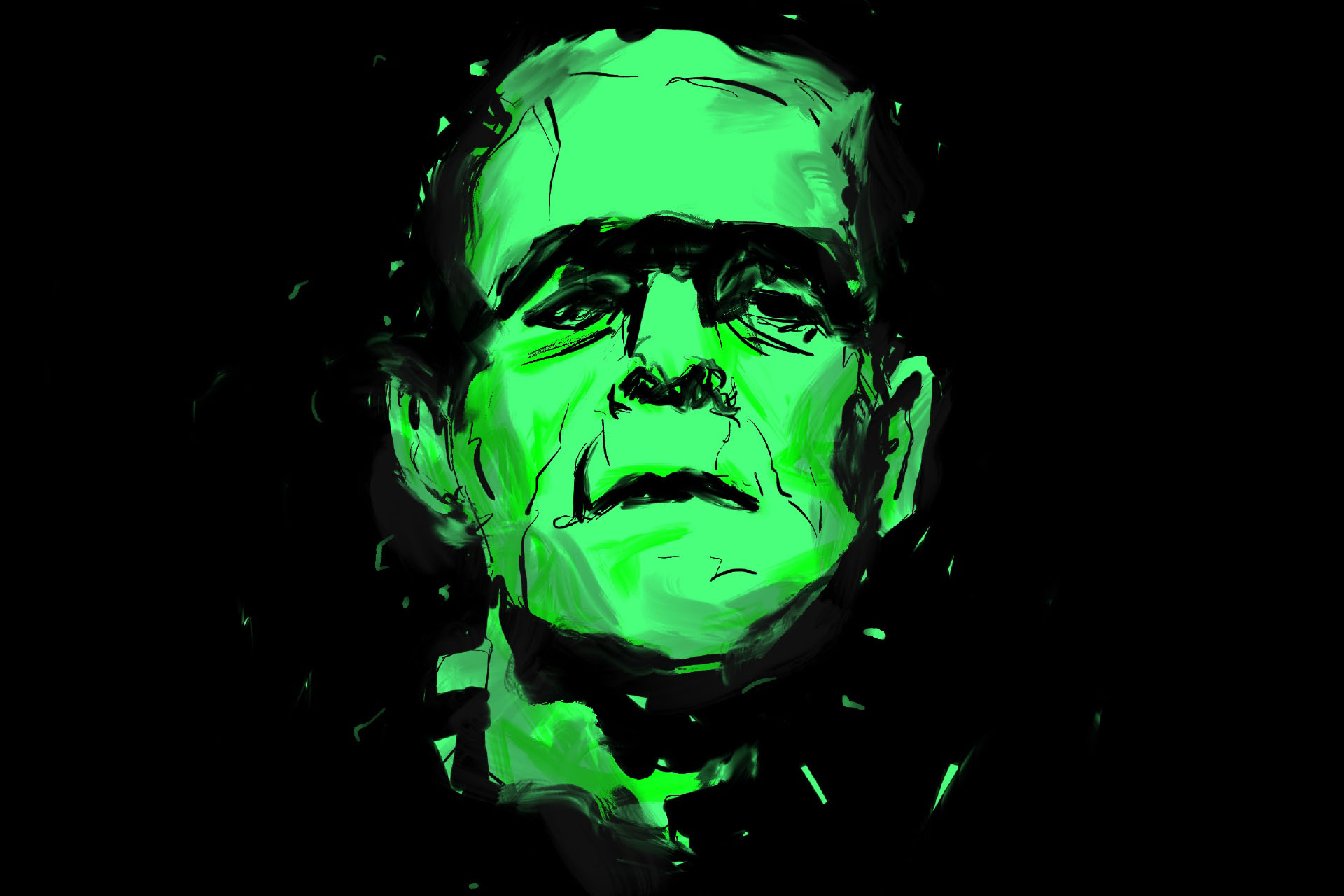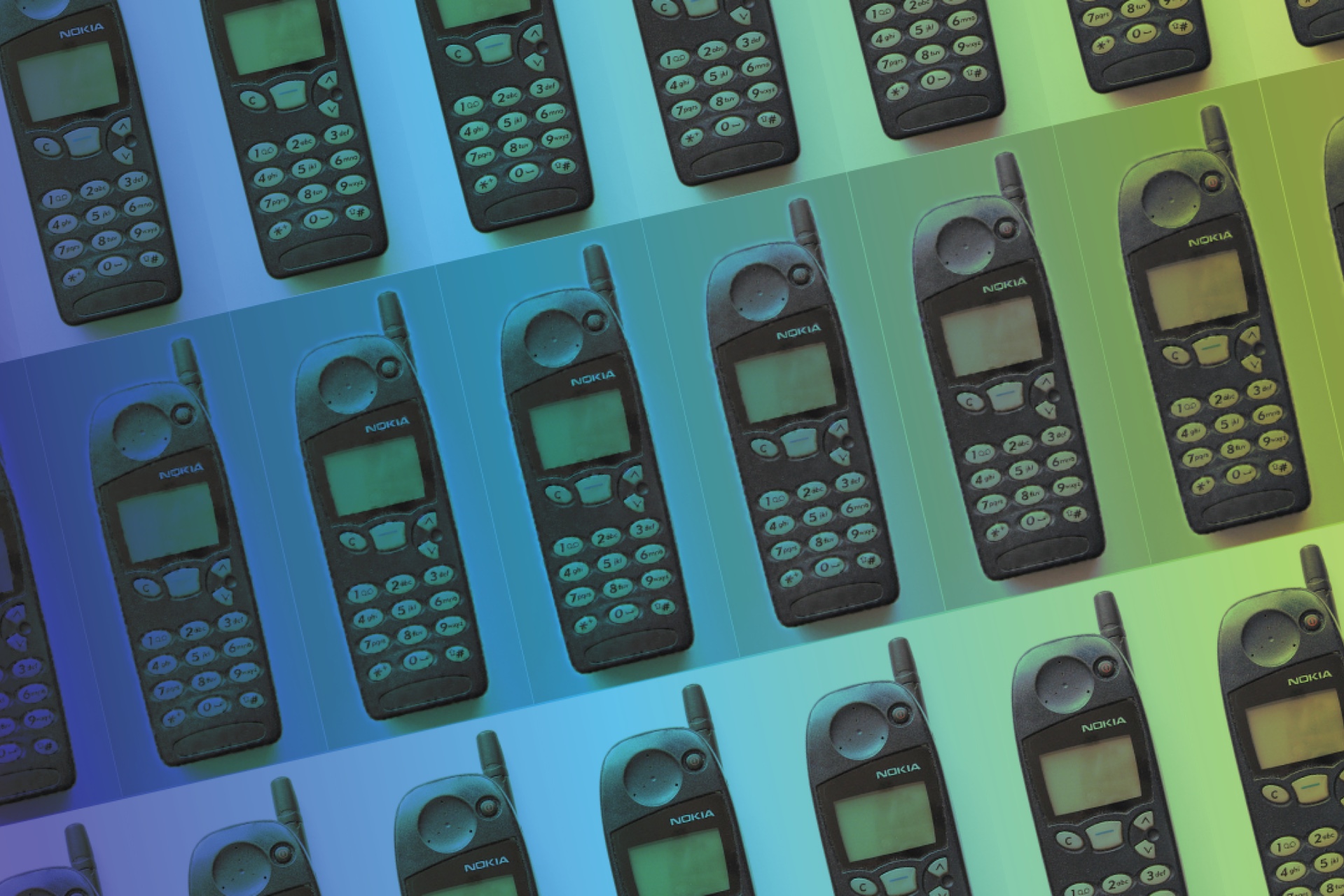A Good Story Helps Unify Product Teams
2 min read
Stories were told long before words were ever written to help people make sense of life (think cave drawings), and they have persisted as a universal tool used to pass on knowledge. Why? Because stories make complicated ideas easier to understand.
Stories serve a dual-purpose in the realm of product design: 1) they extract product requirements, and 2) they help teams communicate design intent.
Stories Extract Requirements
Stories—or a series of scenarios—paint a clear picture of users’ goals and what they expect to achieve by using your product. They elicit systematic, logical thinking among UX design teams and stakeholders; they get us outside our own heads. They help to foster empathy by clarifying reasoning, meaning, and emotion behind users’ actions. And to touch on the ROI side of things, stories keep us from getting lost in the details (and wasting a lot of time on non-critical features).
Why not just ask real people what they want?
Let’s put it this way. Have you ever been given something way better than you ever expected—or even knew was a possibility? That’s what we’re aiming for. Product users tend to think in terms of what they already know. They typically don’t have time to sit and ponder what could be.
Writing scenarios happens a step before writing requirements (see Visual Logic’s full UX design process here). We do it to open our eyes to the why behind certain behaviors so we can come up with solutions better than the obvious. If we’re taking the time to develop a useful tool, why not be innovative about it? Why not make something that, in 2, 5, or 10 years, people wonder how they ever lived without it?
Stories Communicate Intent
It goes without question that a new product design is hard to wrap your mind around. UX designers do some heavy thinking and flush out idea after idea before arriving at a solution that is ready for stakeholders to see. How do designers prove that their design fits the bill?
You guessed it: tell the story. Don’t just give stakeholders a design tour or a flow chart without any context. Instead, the design team needs to present the design in the form of a story. When you’re telling the story, help your audience imagine a real person using the product to perform a specific task. Narrate for them how the product will be used—the setting, the circumstances, the underlying goals behind the task, and the [rewarding] outcome of using the product as designed. You’ll be amazed at how UI decisions speak for themselves when given proper context.
The Bottom Line
UX demands thinking beyond our own perspectives, and stories trigger something in our minds to allow us to do that. They get us thinking, prompt questions, and help us communicate on a more meaningful level.
“Every story is the beginning of a conversation, with ourselves as well as with others.”






